Moonshot: HP's Bold Rethinking Of The Server
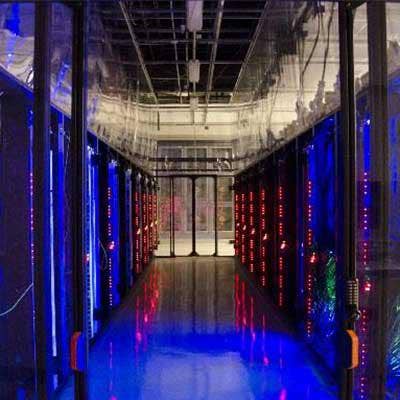
Moonshot: A Closer Look
In February 2012, Hewlett-Packard unveiled a bold new blade server-based ProLiant platform named "Project Moonshot" that consisted of low-powered Intel Atom processors. Today, Moonshot has moved from R&D project to a significant part of some HP partners' business.
The Moonshot server is a platform that manages to cram 45 Intel server cartridges into a 4.3U chassis alongside two network switches. It's a high-density ecosystem that weaves together use-specific jobs, local chassis fabric and a converged infrastructure.
For more on Moonshot, check out CRN's special report, "HP On Its Moonshot Server: Biggest Market Challenge Is Changing Mind-Sets."
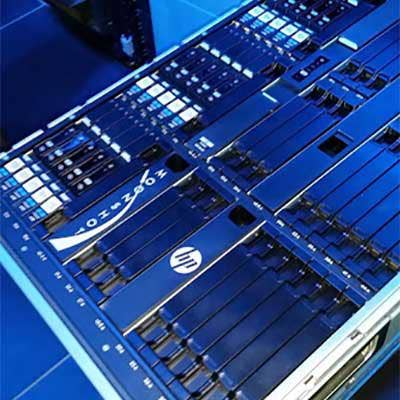
Massive Compute Power
With Moonshot, HP said, it's seeing success targeting specialized workloads that include media processing, virtual desktops, and big data and analytics. HP won't reveal Moonshot sales figures but said it counts dozens of impressive sales wins such as Sandia National Labs, PayPal and the University of Utah.
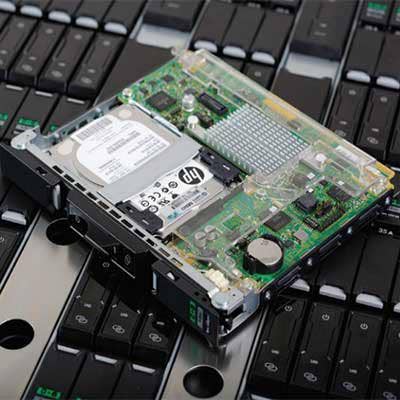
Moonshot Cartridge: Close Up
Depending on the targeted workload, each Moonshot cartridge can run either AppliedMicro ARM, Intel Xeon and Atom, or Texas Instruments DSP ARM boards. Users can even mix and match different boards (called cartridges) inside the same chassis, with some limitations when running both a high-speed cartridge from Intel and ARM.
Under Moonshot's hood is one 4.3U chassis capable of running 180 servers driven by 45 quad-core cartridges.
It's that type of density paired with HP's underlying networking fabric that can help companies such as PayPal deliver real-time analytics of text-based event streams at an extremely cost-effective level. PayPal uses HP's m800 cartridge based on Texas Instruments' system-on-a-chip with four ARM cores and eight DSP cores.
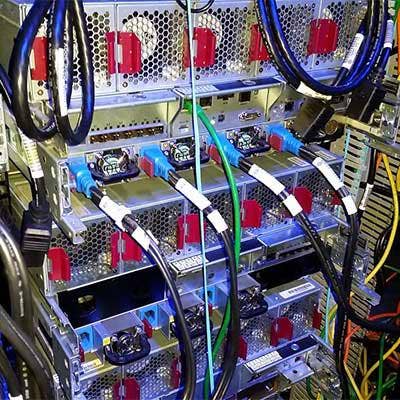
From The Back
Linking those 45 processor slots in a way that doesn't require a small team of administrators for management is where HP's longtime deep bench of server architecture know-how comes in handy.
Moonshot's secret sauce is the fact the server architecture is able to marry specific workloads with optimized hardware for maximum efficiency for specific jobs such as Web server, transcoding or analytics.
HP's simplification of the network fabric and its ability to cut the number of cables hanging off the back of the Moonshot server make management of Moonshot's multiple nodes exponentially easier than with a comparable traditional server environment.

A Microserver By Another Name?
You would be wrong in pigeonholing Moonshot as a microserver, as many do. HP takes umbrage at the comparison, saying that a microserver relies on low-powered chips but Moonshot scales up to use powerful Intel processors, GPUs as well as low-watt RISC processors.
"You can't call it a microserver," said Susan Blocher (pictured), vice president of HP Moonshot marketing. "You can call it an ultra-converged system because we literally take convergence to a new level. We have converged GPU into the silicon, we have put storage onto the board, we have put networking into the fabric. You can't get more converged than this."
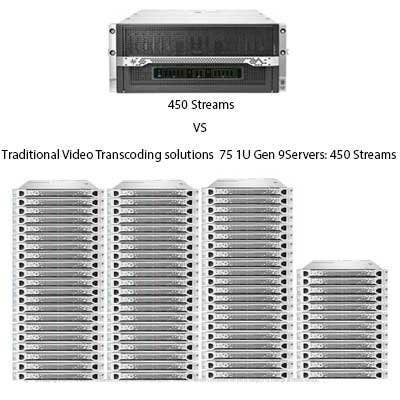
Density Matters With Transcoding
HP is targeting media processing as a niche growth area for its Moonshot platform. HP partner Future Tech, Holbrook, N.Y., reports that with Moonshot it can deliver massive amounts of savings compared with traditional media processing solutions. From video transfers to accelerated file transfers, a single Moonshot deployment can deliver the equivalent of 75 1U Gen 9 server delivering 450 streams.
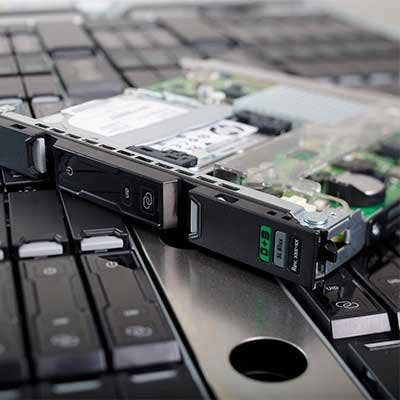
Mobile Workspace Solutions
Mobile workspace, which includes hosted desktops and application delivery, according to HP, lowers total cost of ownership while at the same time simplifying management. The HP hosted desktop infrastructure Moonshot cartridge is a low-power, system-on-a-chip configuration that can deliver bare-metal PC compatibility and powerful graphics capabilities for each end user.
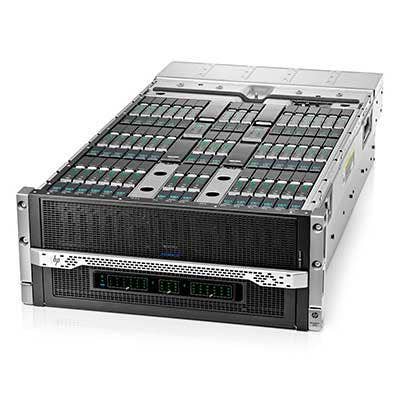
IT Infrastructure And Big Data Demands
Big data is another area that HP sees as a growth area for its Moonshot platform. As big data gets bigger, HP said, the enterprise is dealing more with server sprawl, multiple instances of the same data, and density, cost and power challenges.
HP, which has released a big data reference Moonshot architecture, said its HP Moonshot System and ProLiant SL4540 server addresses big data needs such as cluster consolidation, scaling flexibility and the ability to rapidly provision compute without affecting storage.
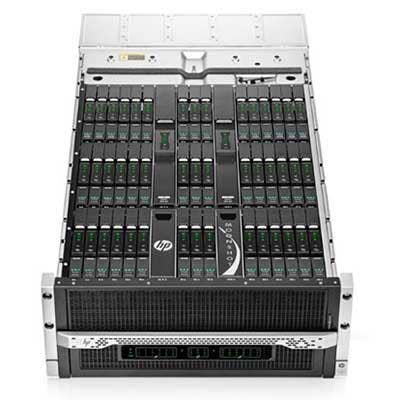
Competitive Landscape
Research firm IDC reports that the market for high-density power-efficient microservers, a close cousin to Moonshot, represents less than 10 percent of the market.
But among those that sell high-density servers, such as HP, Dell, Cisco Systems, Huawei and SuperMicro, HP is considered the market maker, according to Rob Enderle, principal analyst at Enderle Group. "As players like AMD drop out of this space, HP has emerged as the biggest player. It's a brand-new server architecture and a lot of companies are just now seeing how high-density solutions can compete with traditional one-size-fits-all data centers,’ said Enderle.
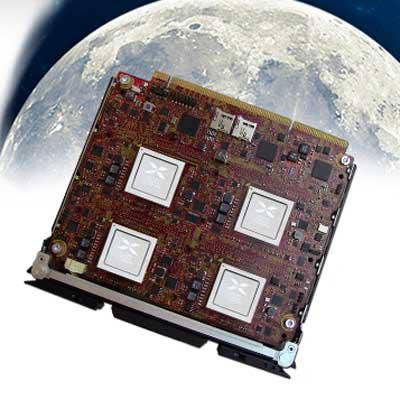
Channel Focus
Because Moonshot is so specialized, it needs partners, according to HP. HP said that today more than 200 partners resell Moonshot with about 20 solution providers, Future Tech among them, selling the bulk of systems.
For partners, HP said, Moonshot gives them a chance to accelerate and differentiate their mobility practice. Opportunities include the ability to scale deal sizes for greater margin potential and add cartridges and more chassis. Not only are there upsell opportunities with Moonshot, but also cross-sales opportunities that include VDI solutions such as Citrix's XenDesktop Mobile Workspace Suite.